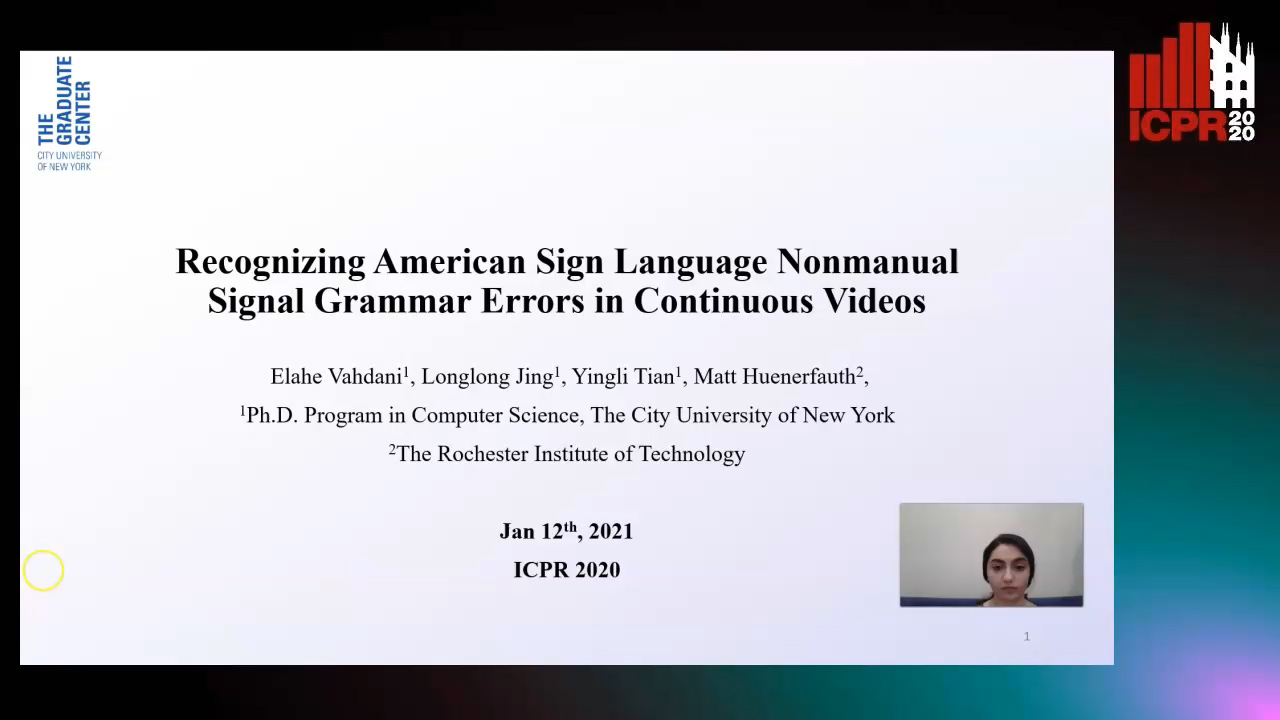Ying-Li Tian
Papers from this author
Recognizing American Sign Language Nonmanual Signal Grammar Errors in Continuous Videos
Elahe Vahdani, Longlong Jing, Ying-Li Tian, Matt Huenerfauth

Auto-TLDR; ASL-HW-RGBD: Recognizing Grammatical Errors in Continuous Sign Language
Abstract Slides Poster Similar
Towards Efficient 3D Point Cloud Scene Completion Via Novel Depth View Synthesis
Haiyan Wang, Liang Yang, Xuejian Rong, Ying-Li Tian

Auto-TLDR; 3D Point Cloud Completion with Depth View Synthesis and Depth View synthesis